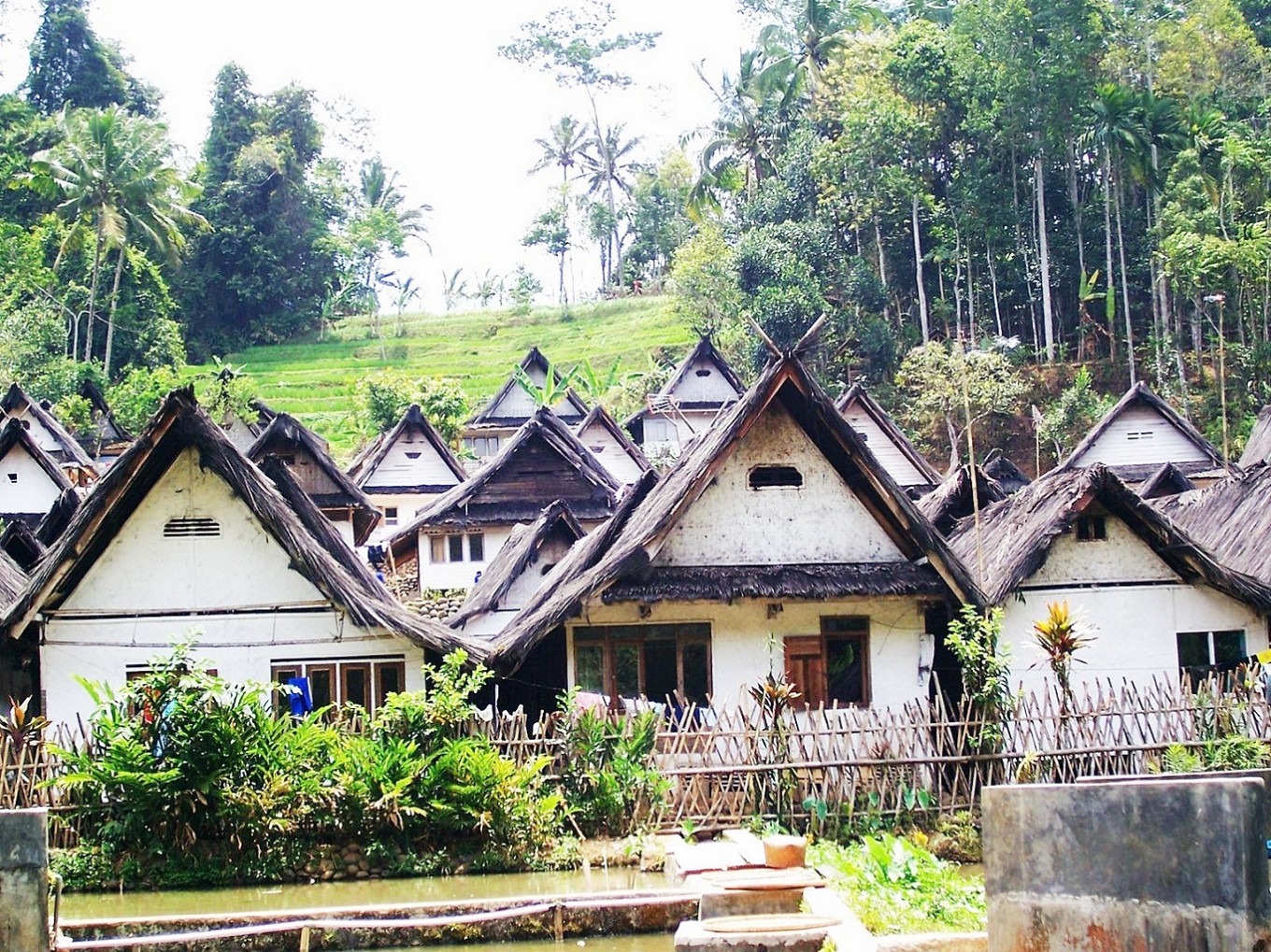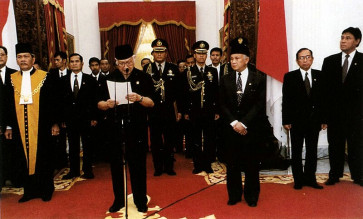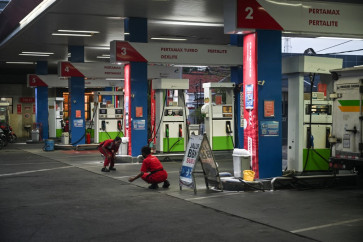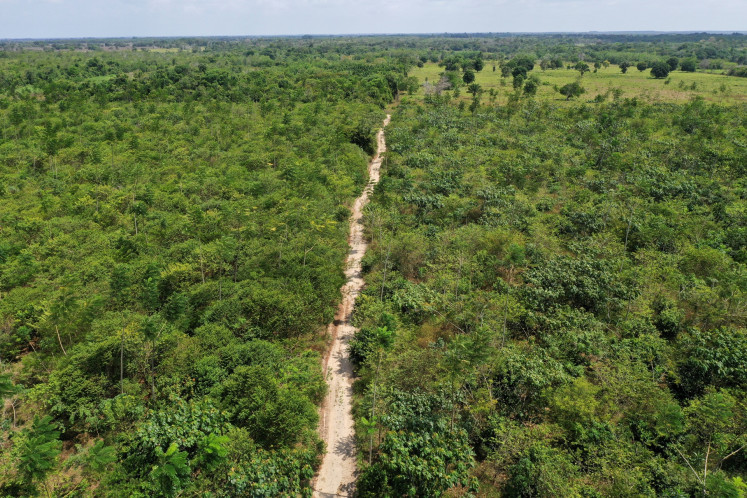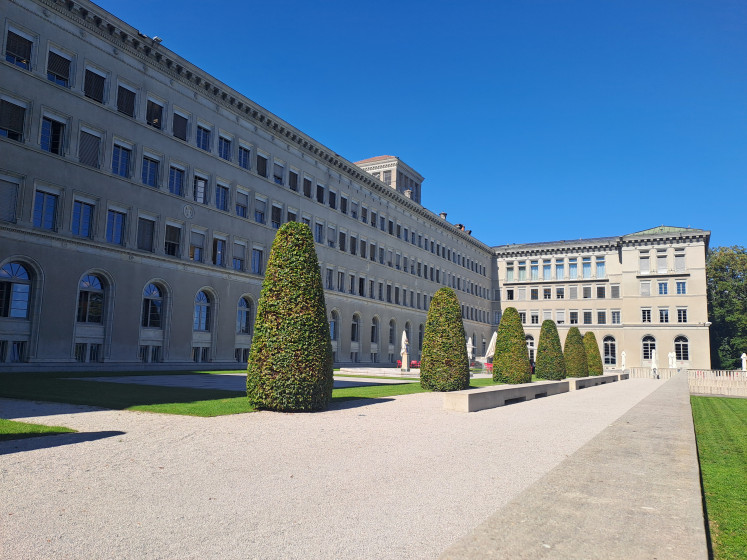Popular Reads
Top Results
Can't find what you're looking for?
View all search resultsPopular Reads
Top Results
Can't find what you're looking for?
View all search resultsKampong Naga: The village that knows its limits
Some societies have giant boots: They stamp and shuffle, trampling shoots, raising choking dust. Other cultures are more delicate: They tiptoe, taking care not to disturb the sacred soil.
Change text size
Gift Premium Articles
to Anyone
W
hen academic Dr. Grace Pamungkas was growing up in Bandung, national development under president Soeharto was being thrust ahead with missionary zeal. Rises in GDP were proof of prosperity — then a synonym for happiness and wellbeing.
Neither she nor anyone else had heard of ecological footprints, a metaphor that would have aroused mirth, not concern. Green was for grass, not an ideology.
But the little girl did know that leaving just one grain of rice on her plate was naughty. Waste not, want not, scowled mom. The daughter is less pernickety now but the message hasn’t been deleted.
Instead it has been expanded, given academic credibility and published for the world to consider — and maybe as a plan for others to follow.
“Throwing something away means we don’t know our limits — which is a most difficult thing to understand,” Grace said. “We’ve become a growth-focused economy. We buy what we’ve been told we want by advertisers, but don’t necessarily need.
“That may be good for business, though not for the environment. We can run our lives differently. The problem is defining the question: What is enough?”
One secluded West Java village has known the answer for decades — maybe centuries. Kampong Naga, 30 kilometers from Tasikmalaya, is a living museum in a hidden valley which has avoided consumerism.
It has done this partly through location — it’s even unreachable by motorbike, which makes it rare indeed. Access is only down more than 300 steps. The other factor is residents maintaining rituals that emphasize the sacredness of frugal living.
The 500 Sundanese on the Ciwulan River valley floor call themselves Sanaga, which is also the name of their religion. Though technically Muslims, they follow the teachings of Sembah Dalam Singaparna, a real, or maybe mythological, being who passed down eight codes of living to his followers.
Some commandments appear joyless but overall are egalitarian — no-one lives better than anyone else.
(Read also: Guarding the forest)
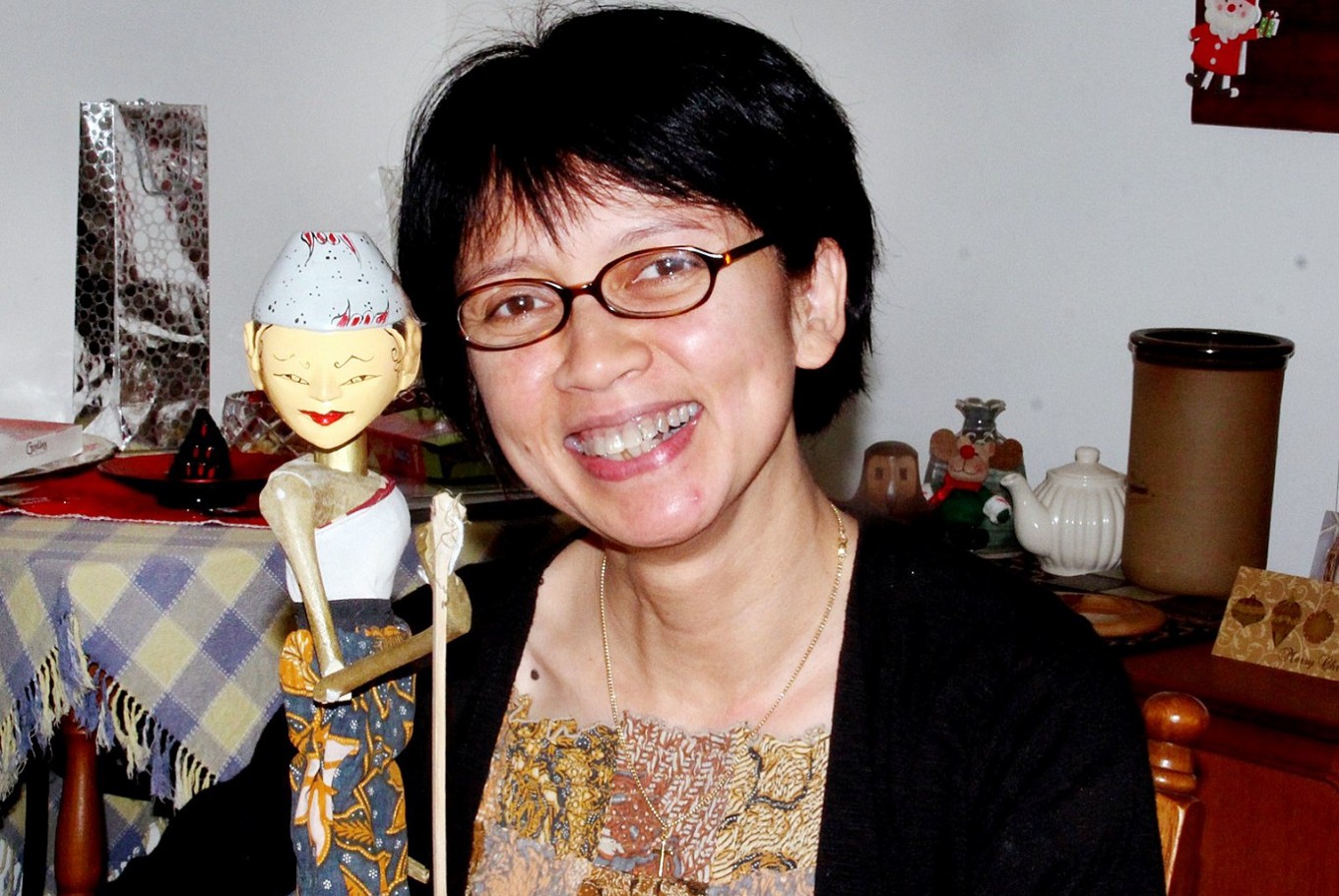 Grace Pamungkas(JP/Erlinawati Graham)
Grace Pamungkas(JP/Erlinawati Graham)
Grace, 45, now a leading expert on Kampong Naga, is an architect. Other scholars have focused on the cluster of 110 furniture-free thatched homes built from local materials, but the University of Indonesia architecture graduate took a different approach.
For her doctorate at the Victoria University of Wellington, Grace studied the ecology of the mysterious village and the way spiritual beliefs can underpin sustainable development.
Through four years’ research, she’s discovered that the Sanaga’s light tread on the land offers a lesson in living without plundering resources.
This is despite the villagers having limited education and contact with the outside world. They have a battery-powered television but use it only to watch football. No smartphones. No trash in the river, though the men smoke factory-made cigarettes.
Grace’s road to Kampong Naga meandered. She was recording colonial-era buildings in Jakarta when offered a scholarship to study art history in the Netherlands.
Completion of a course in academic English was a pre-requisite. A colleague recommended New Zealand. While learning how to fill pages with italicized references, she met two Kiwi academics keen to know Kampong Naga’s use and re-use secrets.
As an Indonesian who also understands Dutch (the few records were mainly written by the colonialists), Grace was the ideal candidate for the scholarship. She graduated just before Christmas and is now working as a university tutor.
(Read also: Polahi community, guardian of Gorontalo forests)
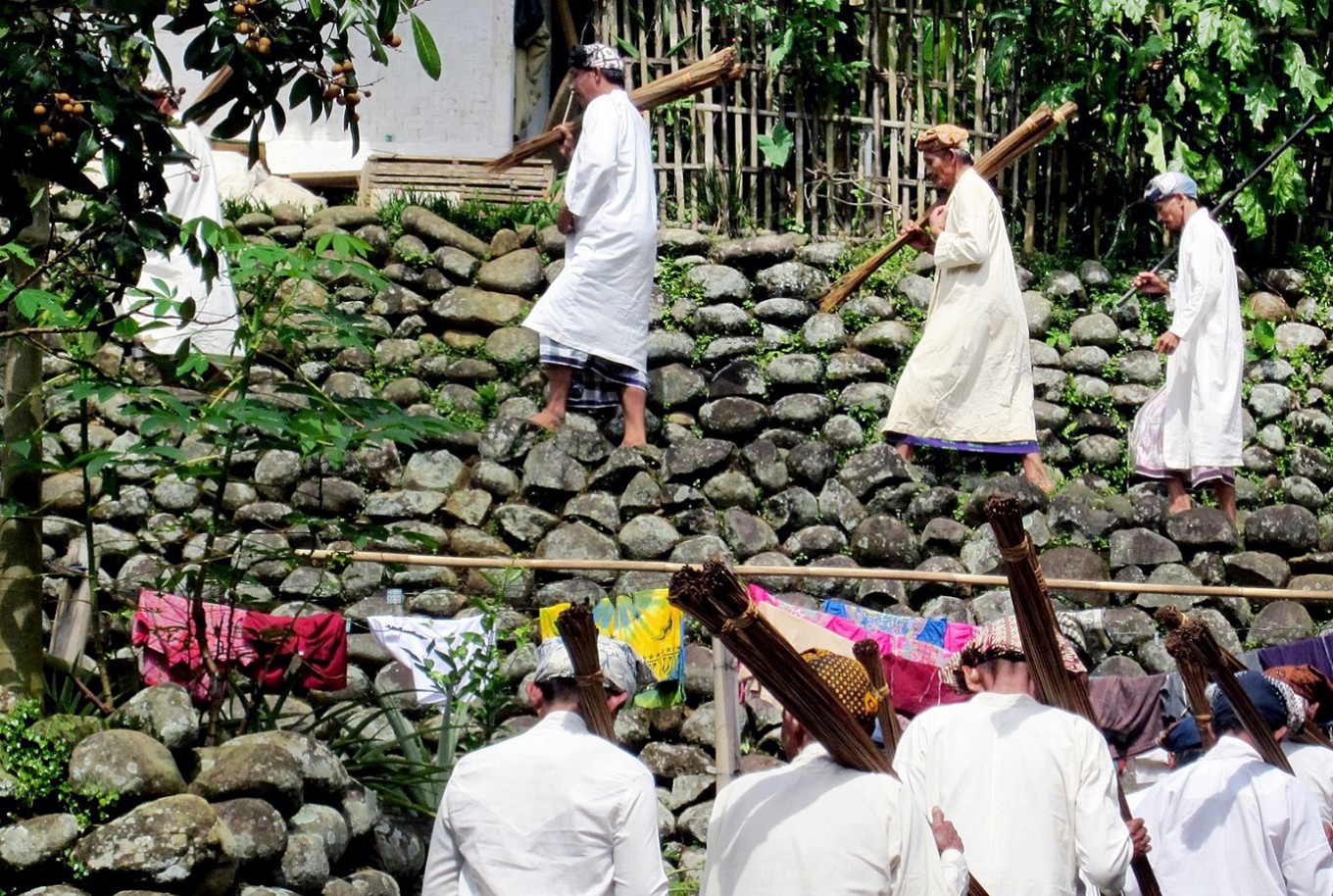 Paying respects: Men make a pilgrimage to the founder's grave in Kampong Naga.(Grace Pamungkas/File)
Paying respects: Men make a pilgrimage to the founder's grave in Kampong Naga.(Grace Pamungkas/File)
“My supervisor, Professor Barbara Vale, commented that Western science thinks it’s smart but in some ways the Sanaga are smarter,” said Grace. “Few books, but inherited knowledge. There’s no clinic but they are clearly healthy and fast regularly.
“Kampong Naga applies the principles of sustainable living, something few other societies have achieved. They use ancient beliefs to determine limits — not just consumption of outside goods but also by restricting growth and marking areas with a bamboo fence. It’s applied mythology. Taboo breakers could bring curses on all.
“No more houses will be built because they’ve reached the sacred boundary with the forest, fields and river. Families wanting to grow move out. But they always return for the six annual pilgrimages to the Great Ancestor’s forest grave, so I’m confident the culture will survive.” The tomb has not been seen by outsiders.
Frustrating for any scholar is the dearth of records. Much was lost in 1956 when the village was torched by Islamic extremists. A 13th century engraved copper plate, which has since disappeared, is the only known reference to Sembah Dalam Singaparna.
He is supposed to have been one of seven brothers. Six were capable and smart, while the village founder’s only attribute was leading a humble life.
Most of the limited information is stored not in Indonesia or Holland but in the National Library in Australia.
Grace’s mother insisting on a clean plate echoed an ancient Sanaga proverb directed at kids: “If you don’t finish your rice you’ll make Dwi Sri cry”. The rice goddess is a powerful figure in the mythology and at the center of many heartfelt rituals apparently related to Hinduism, which pre-dated Islam in Java.
“It’s all fascinating and I want to learn more on how religious beliefs can have practical applications,” said Grace, who is considering rewriting her 383-page thesis as a more accessible book.
“The only things I couldn’t stand in the village were the smells of decaying bamboo and feces from toilets above fish ponds designed to handle waste and grow food. “The people are not closed to new ideas — I noticed a solar panel on one visit — so they may build compost toilets or methane gas generators in the future. But they do consider every step most carefully, measuring changes against the founder’s instructions.
“The message for all is this: Materialism can be checked by traditional beliefs so all have a fair share.”

